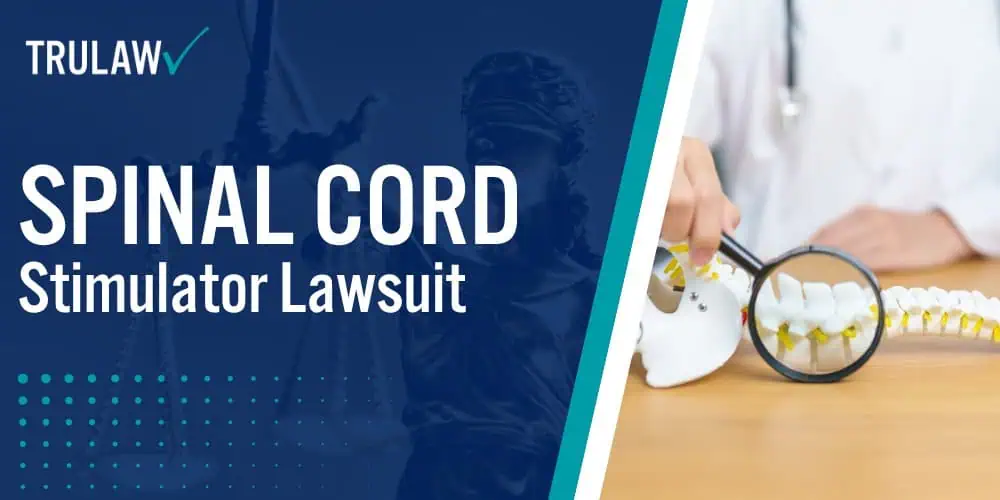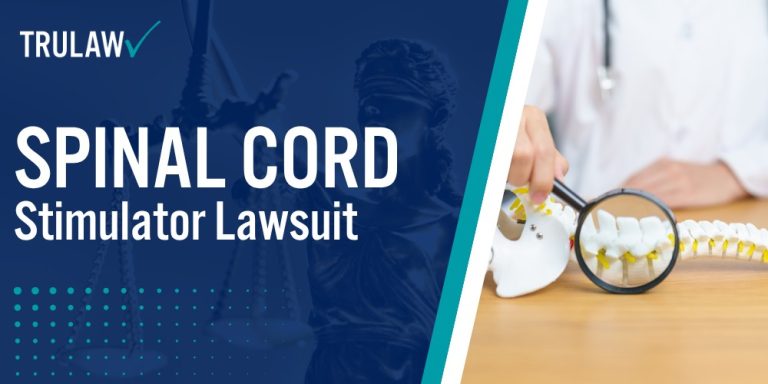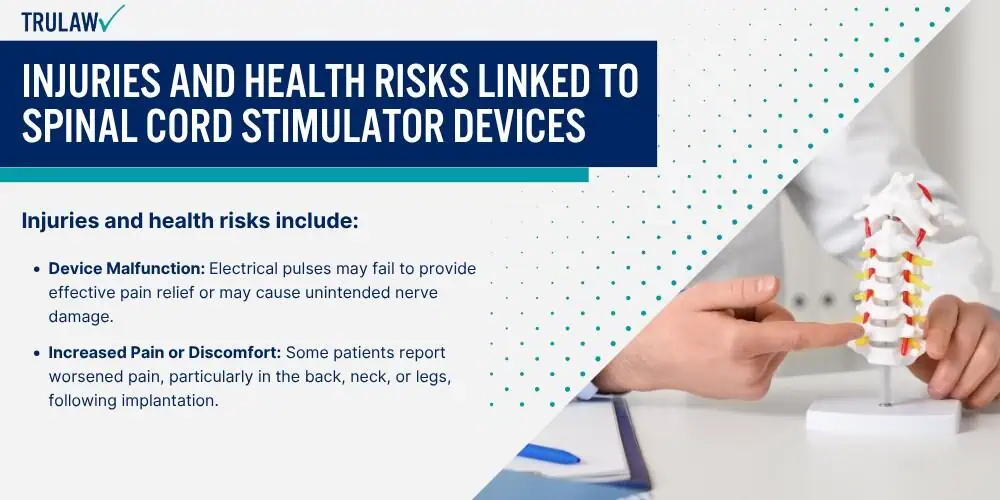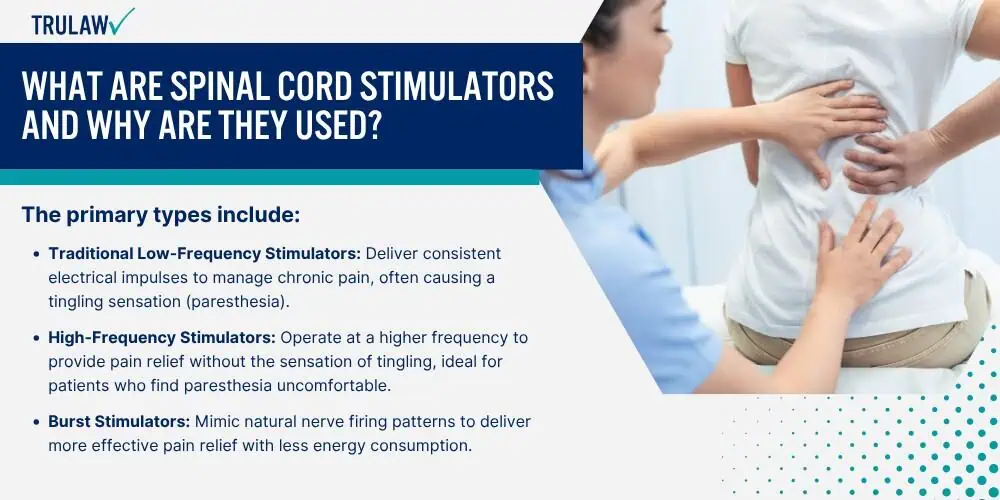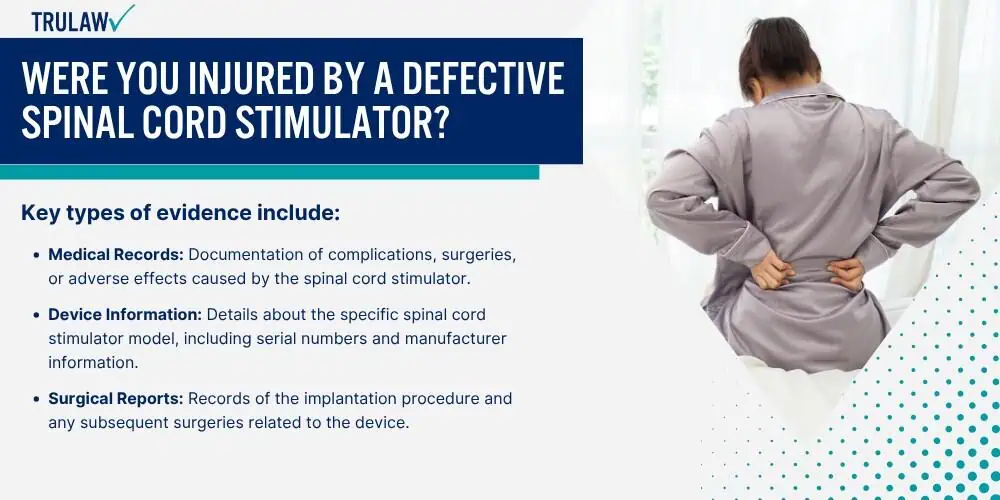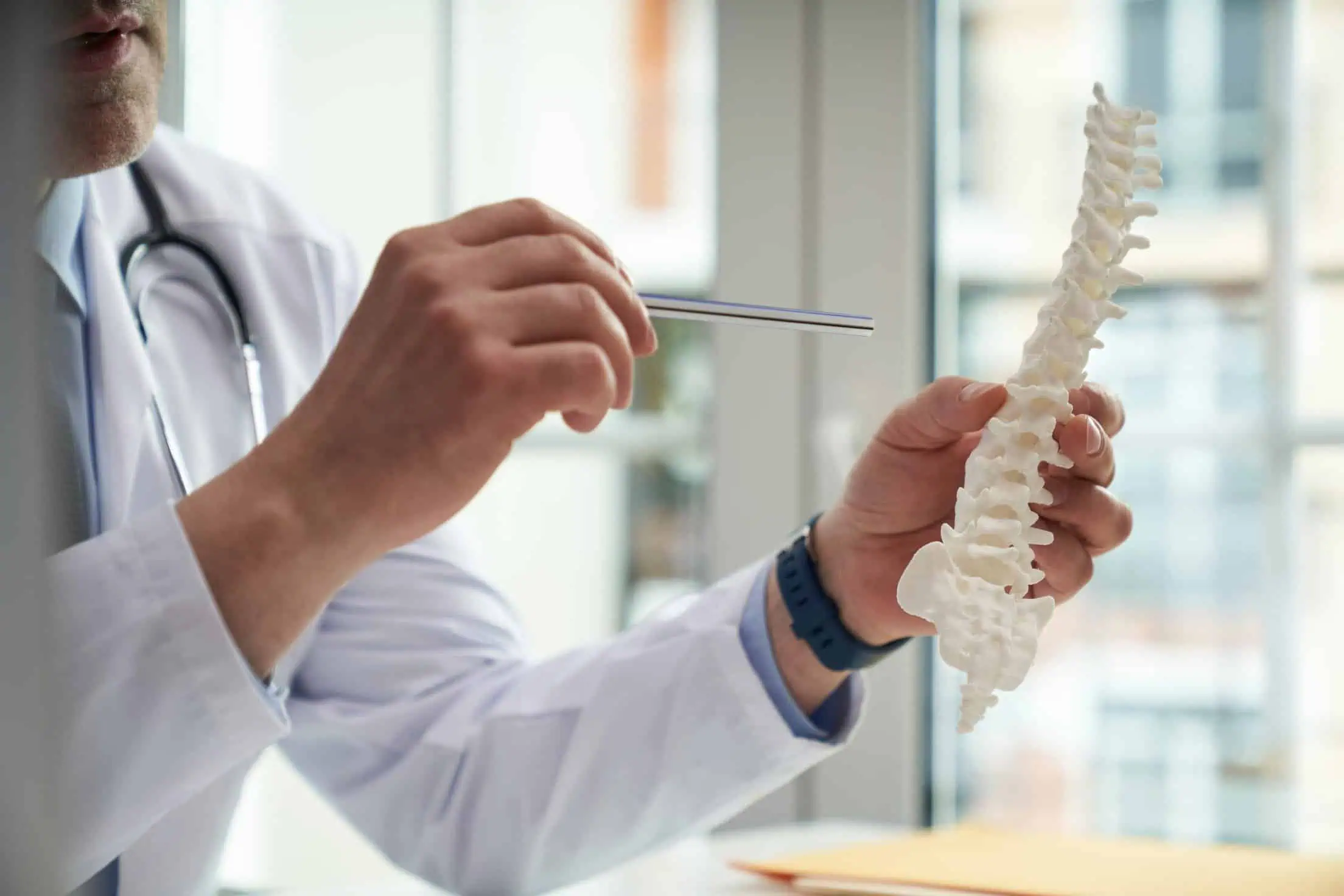Spinal cord stimulators are widely used medical devices designed to manage chronic pain by delivering electrical impulses to the spinal cord, interrupting pain signals before they reach the brain.
While these devices can provide effective pain relief for many patients suffering from conditions like severe back pain, leg pain, or spinal cord injuries, they are not without risks.
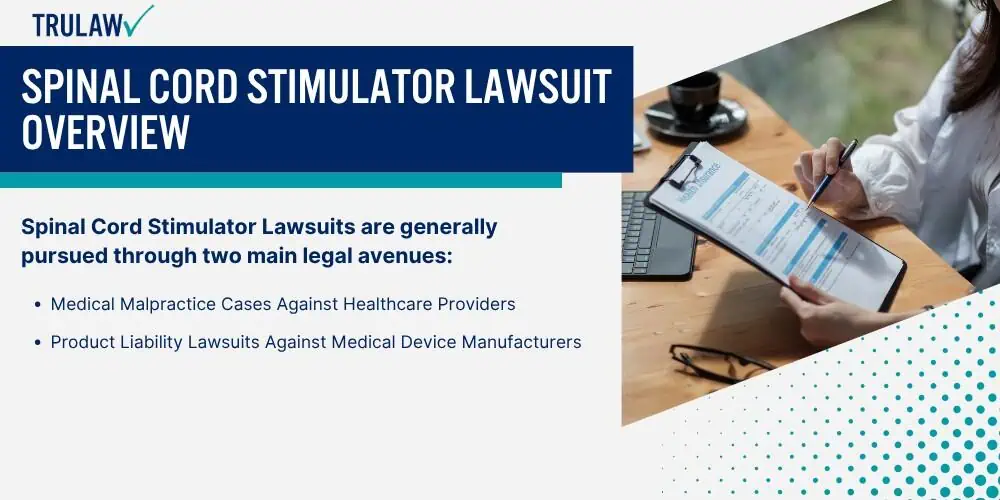
Unfortunately, some spinal cord stimulator devices have been linked to severe injuries, defective performance, and complications stemming from medical malpractice or product defects.
When a spinal cord stimulator fails—whether due to a design flaw, manufacturing defect, or improper implantation—the results can be devastating.
The FDA reports that since 2008, there have been over 80,000 adverse event filings associated with spinal cord stimulator (SCS) devices, including nearly 500 cases resulting in death.
Patients may experience increased pain, device migration, nerve damage, or even permanent injuries that require additional surgeries or treatments.
These outcomes not only disrupt a patient’s ability to manage chronic pain but can also lead to significant financial burdens, including mounting medical expenses, lost wages, and long-term care needs.
If you’ve suffered severe injuries due to a defective spinal cord stimulator device, you may be eligible to file a Spinal Cord Stimulator Lawsuit and seek compensation.
TruLaw can help determine whether you qualify for a defective medical device lawsuit or medical malpractice lawsuit against those responsible for your injuries.
Contact us today for a free consultation, or use the chat feature on this page to find out if you qualify for a Spinal Cord Stimulator Lawsuit instantly.
How are Spinal Cord Stimulator Cases Handled?
Spinal cord stimulator injury cases can involve both medical errors and defective products.
Depending on the circumstances, claims may be filed against healthcare providers, device manufacturers, or both to seek compensation for injuries and losses.
Spinal Cord Stimulator Lawsuits are generally pursued through two main legal avenues:
- Medical Malpractice Cases Against Healthcare Providers
- Product Liability Lawsuits Against Medical Device Manufacturers
Medical malpractice cases typically focus on errors made during implantation, such as improper placement of the device or failure to monitor post-surgical complications.
Medical malpractice attorneys work to prove that a healthcare provider’s negligence during the procedure directly caused the patient’s injuries, gathering evidence such as surgical records, expert testimony, and post-operative reports.
Product liability lawsuits target medical device manufacturers for defects in the design, manufacturing, or marketing of implanted devices.
These claims may allege that the device was inherently unsafe or that the manufacturer failed to provide adequate warnings about known risks.
Depending on the nature of the injury, plaintiffs may pursue one or both types of litigation to hold all responsible parties accountable for the harm caused.
